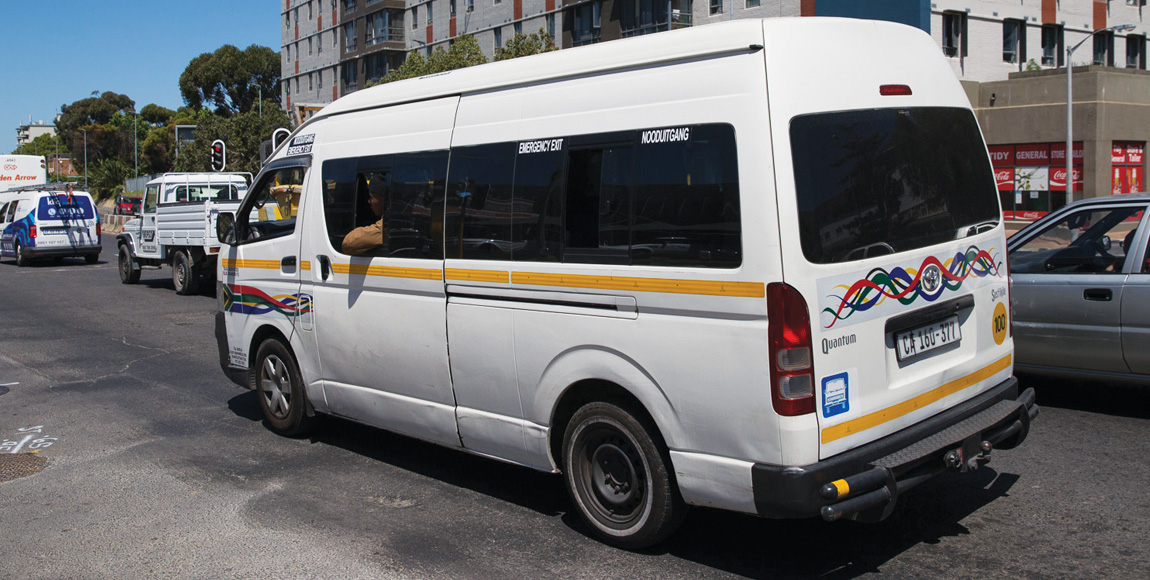Car sales figures – who cares?

We should not allow ourselves to be distracted by irrelevant statistics when it comes to private motoring
For several years we have been fed a diet of monthly sales figures, such as: “The Collida is up by 2,6 percent. The Crashida is down by 0,7 percent. In February, the Bumpa outsold the Klonka for the first time since June last year.”
Does that really tell us anything? I don’t think so, but some people do.
Last month, Mercedes-Benz joined BMW in stopping the reporting of monthly sales figures. This led to a gripe from one journalist, who called it a “blow to the accuracy of official…figures” and noted that “monthly sales information is an important tool for economists, providing a snapshot of consumer confidence, as well as trends in credit demand, affordability and consumer spending”.
That may sound convincing, but confidence and affordability are misused words that fall within the field of psychiatry, not economics. That leaves us with credit demand and consumer spending, which, when used by themselves, mean little.
Economists should rather be working out how much South Africans are actually spending in total on motor cars each year, compare this figure with the country’s gross domestic product, and follow up by comparing that percentage with what is spent in other countries.
It won’t be easy, because there are very few accurate records of how much is spent on cars, but it’s an area that could do with some investigation.
The economists could try to figure out how much of that total spend goes on the journey to work. My guess is that R600 billion is spent on cars each year, while the journey to work accounts for 50 percent of that amount (R300 billion). Compare that with the approximately R90 billion that goes on minibus taxis, which (I’m guessing again) carry at least as many, if not a lot more people to work than are transported by cars.
South African economists need to look far more closely into this, because poorer people (minibus-taxi users) pay unsubsidised fares, while richer people (car users) benefit from fairly big subsidies to car makers and a low rate of tax on fuel.
By imposing low rates of fuel tax, South Africa is acting as though it is an oil-producing country. However, such countries feel the pain when oil prices go up.
Now that the price of fuel in South Africa has come down slightly, we should be building up a “war chest” to cope with possible big price increases further down the line, and to assist the taxi industry to lower its fares. Do I hear everyone saying that this would be a recipe for more corruption? Perhaps, but what is the alternative?
Reading between the lines of the interim report put out by the Competition Commission in February, which deals with competition in the public transport industry, it is clear that the Department of Transport has failed the country – at both central and provincial government levels.
Most of the findings of the Competition Commission are already well known. These include the disorganised state of the minibus-taxi industry, the failure of bus rapid transit schemes, the high subsidy paid to the middle-class users of the Gautrain and the need for a common ticket system.
However, the report fails to address the distortion in competition between private and public transport, caused in part by low fuel taxes and the subsidy to the motor industry through the Motor Industry Development Programme.
Until issues such as these are dealt with, it really doesn’t matter whether you think a Bugatti is more affordable than a Lamborghini.
Published by
Vaughan Mostert
focusmagsa




